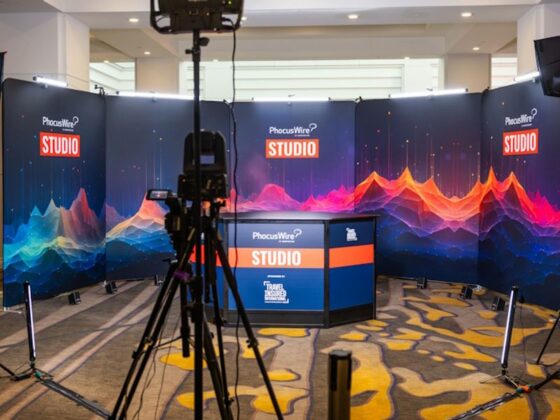
Before embarking on a summer vacation, half the fun is in the planning: booking flights to make it feel real, choosing the hotel with the best swimming pool for the kids, and perusing the menu of that Thai restaurant your colleague recommended (and making sure to snag that 6:30pm reservation). In this age of smart devices and social media, getting the jump on vacation planning usually means reaching for your phone. In fact, Booking.com – the most popular booking site in the United States – found that over half of all their bookings and accommodation searches are made on mobile devices. They also found that 80% of travelers use a mobile app when researching a trip.
Given this surge in mobile app usage, and the highly competitive nature of the travel and hospitality industries, application developers and Quality Assurance (QA) teams are feeling the pressure to deliver applications that meet the demand and the expectations of today’s consumers – as no business would want to lose out on revenue due to a poor mobile app experience.
Why Users Abandon Booking Apps
Unfortunately for the travel industry, it already has one of the highest “cart” abandonment rates of all industries – 81.7% – often due to complex checkout processes. When booking anything travel related, many users are juggling other logistical factors in tandem. For example, planning to book a hotel closer to the airport from which their flight is landing, or matching up restaurant reservation times with excursion outings.
These issues are compounded by the same reasons users would abandon any mobile application. These include buggy or slow experiences, unsupported devices of platforms and difficult-to-use interfaces. But poor user experience tops the chart of why mobile apps are often abandoned. This requires developers to focus on creating better, higher quality apps with intuitive designs that offer an ease of functionality.










